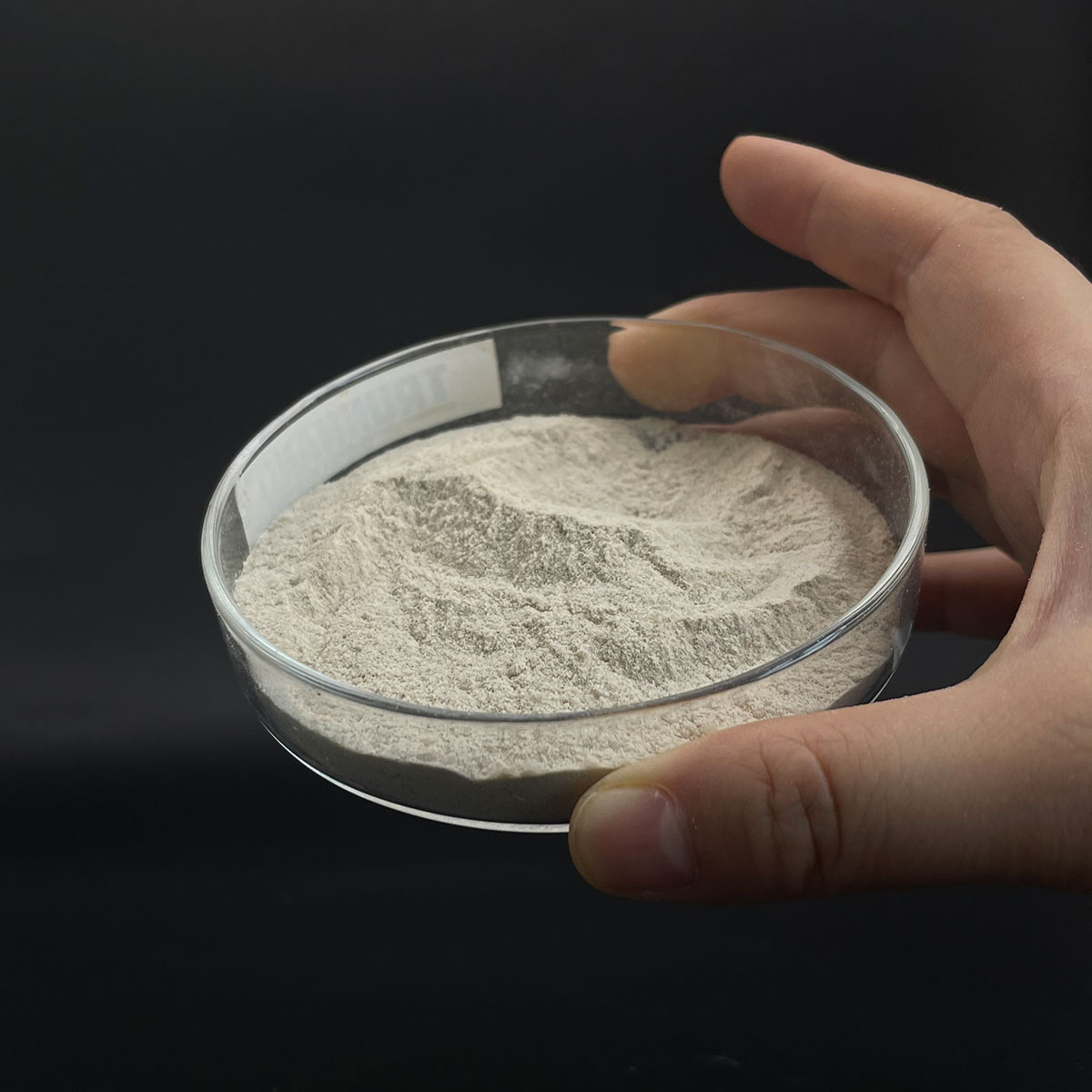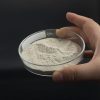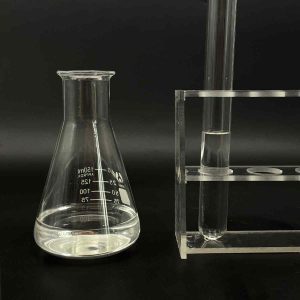Overview of Castor Oil Phosphate; Nonionic/Anionic Surfactants
Anionic surfactants are a class of surface-active agents characterized by a negatively charged hydrophilic head group when dissolved in water. This charge arises from the presence of a sulfate, sulfonate, phosphate, or carboxylate group. They are among the most widely used surfactants due to their effective cleaning properties, foaming capacity, and broad compatibility with other formulation ingredients. Anionic surfactants find extensive application across industries, including personal care, household cleaning, textiles, and industrial processes.
Features of Castor Oil Phosphate; Nonionic/Anionic Surfactants
-
Negative Charge: The anionic head group imparts water solubility and enables interaction with positively charged surfaces or particles.
-
Detergency: Exceptional at removing dirt, grease, and oils due to their strong polarity and ability to penetrate and disrupt these substances.
-
Foaming Properties: Many anionic surfactants generate stable and abundant foam, making them ideal for applications where lather is desired.
-
Cost-Effectiveness: They are often less expensive than nonionic, cationic, or amphoteric surfactants due to the abundance of raw materials and established production processes.
-
Compatibility: Can be combined with other surfactants to enhance performance or adjust properties, although care must be taken to avoid precipitation or incompatibility issues.
-
Environmental Considerations: Some anionic surfactants may pose environmental concerns due to their persistence or toxicity; however, biodegradable options are available.
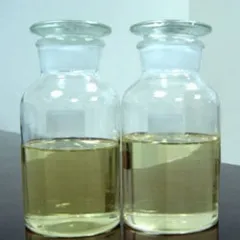
(Castor Oil Phosphate; Nonionic/Anionic Surfactants)
Specification of Castor Oil Phosphate; Nonionic/Anionic Surfactants
Castor Oil Phosphate is a surfactant blend integrating nonionic and anionic buildings. It functions to lower surface stress between liquids or between liquids and solids. This product is stable in many conditions. It executes well in acidic and alkaline atmospheres. The nonionic component provides mildness and compatibility with various other components. The anionic component adds solid emulsifying and cleaning up power. This double nature makes the product useful in numerous markets.
The physical type is a clear, pale-yellow liquid. The pH array is 6.0 to 7.5. It dissolves quickly in water and typical solvents like ethanol. The active material is normally 80% to 85%. The item has a moderate smell. It is not destructive. Storage space suggestions consist of maintaining it in an awesome, completely dry area away from direct sunlight. The life span depends on 2 years if kept effectively.
Applications consist of usage as an emulsifier in personal treatment products. Instances are creams, creams, and hair conditioners. It helps blend oil and water stages smoothly. In commercial cleansers, it damages down oil and dust on surfaces. It operates in both hand-operated and automated cleansing systems. Agricultural formulations use it to spread pesticides or herbicides uniformly. It enhances spray insurance coverage on crops.
Advantages include reliable performance in tough water. It resistant to salt and minerals. The product is naturally degradable. It causes marginal environmental influence. It is gentle on skin contrasted to harsher surfactants. It mixes well with various other surfactants like sulfates or betaines. Formulators adjust ratios for details demands. The item satisfies security criteria for cosmetics and household items. Evaluating confirms reduced irritation capacity. It is without hazardous additives like parabens or sulfates.
The manufacturing process makes use of polished castor oil as a base. Phosphation customizes the oil to develop anionic buildings. Ethoxylation includes nonionic chains. Quality control checks make certain uniformity in each set. Qualifications consist of ISO and ECOCERT. Technical assistance is available for tailoring formulas.
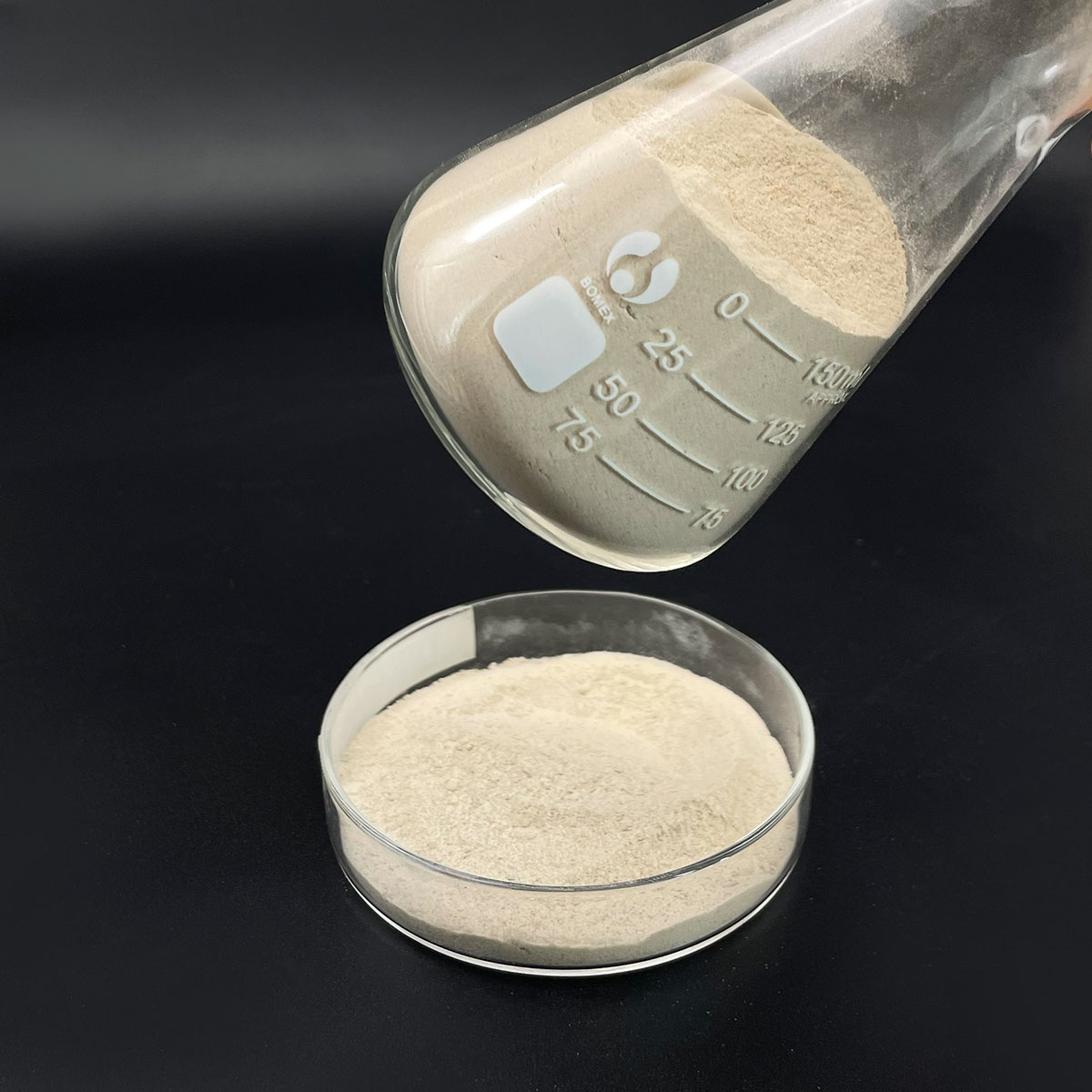
(Castor Oil Phosphate; Nonionic/Anionic Surfactants)
Applications of Castor Oil Phosphate; Nonionic/Anionic Surfactants
Castor oil phosphate and nonionic/anionic surfactants offer several purposes in various industries. These materials function as surface-active representatives. They minimize surface stress in between liquids. This makes them helpful in items needing mixing of oil and water.
In farming, castor oil phosphate helps create chemicals and herbicides. It permits these products to stick better to plant surfaces. This enhances their effectiveness. Nonionic surfactants are usually added to agrochemicals. They help spread the chemicals evenly on leaves. This stops waste and boosts plant defense.
The cosmetic market utilizes these surfactants in skin creams and lotions. They serve as emulsifiers. This keeps oil and water from separating in items. Castor oil phosphate adds mildness. It fits sensitive skin. Nonionic types prevail in shampoos. They develop foam without aggravating the scalp.
Industrial cleansing items depend on anionic surfactants. They break down grease and dust on equipment. These surfactants work in tough water. They stay reliable in tough conditions. Castor oil phosphate appears in naturally degradable cleansers. It supplies an environment-friendly choice for removing discolorations.
Textile making usages nonionic surfactants during dyeing. They assist colors spread out equally on fabrics. This lowers irregular spots. Anionic types assist in cleaning raw fibers. They get rid of natural oils before handling.
In pharmaceuticals, castor oil phosphate help topical lotions. It assists drugs take in into the skin. Nonionic surfactants maintain fluid medications. They protect against ingredients from clearing up near the bottom.
Oil recuperation operations make use of these surfactants to remove trapped oil. They reduced the thickness of crude oil. This makes pumping simpler. Anionic ranges deal with high-salinity atmospheres underground. They preserve efficiency under severe pressure.
These applications show the versatility of castor oil phosphate and nonionic/anionic surfactants. Their ability to adapt to various jobs makes them beneficial across markets.
Company Profile
SurfactantChina is a trusted global chemical material supplier & manufacturer with over 12-year-experience in providing super high-quality surfactant and relative products.
The company has a professional technical department and Quality Supervision Department, a well-equipped laboratory, and equipped with advanced testing equipment and after-sales customer service center.
If you are looking for high-quality surfactant and relative products, please feel free to contact us or click on the needed products to send an inquiry.
Payment Methods
L/C, T/T, Western Union, Paypal, Credit Card etc.
Shipment
It could be shipped by sea, by air, or by reveal ASAP as soon as repayment receipt.
5 FAQs of Castor Oil Phosphate; Nonionic/Anionic Surfactants
What is Castor Oil Phosphate; Nonionic/Anionic Surfactants?
This product mixes castor oil phosphate with nonionic and anionic surfactants. Castor oil phosphate comes from castor oil. Nonionic surfactants have no electric charge. Anionic surfactants carry a negative charge. The blend works as an emulsifier, wetting agent, or stabilizer in many industries.
Where is this product used?
It is common in cosmetics, detergents, agrochemicals, and industrial cleaners. The mix helps dissolve oils in water. It improves product spreadability. It stabilizes formulas in lotions or pesticide sprays. Its flexibility suits both home and industrial uses.
What benefits does it offer?
It combines natural and synthetic advantages. Castor oil phosphate adds biodegradability. Nonionic surfactants resist water hardness. Anionic surfactants boost cleaning power. The blend is efficient in hard water. It is less harsh on skin than pure synthetic options.
Is it safe for skin contact?
Diluted forms in cosmetics or cleaners are generally safe. High concentrations may irritate sensitive skin. Follow usage guidelines from manufacturers. Patch tests are recommended for new products. Safety data sheets provide detailed handling instructions.
How does it impact the environment?
Castor oil phosphate is plant-based and breaks down faster than petroleum surfactants. Nonionic and anionic surfactants vary in eco-friendliness. Check specific product certifications for biodegradability. Proper disposal prevents water contamination. Always follow local environmental regulations.
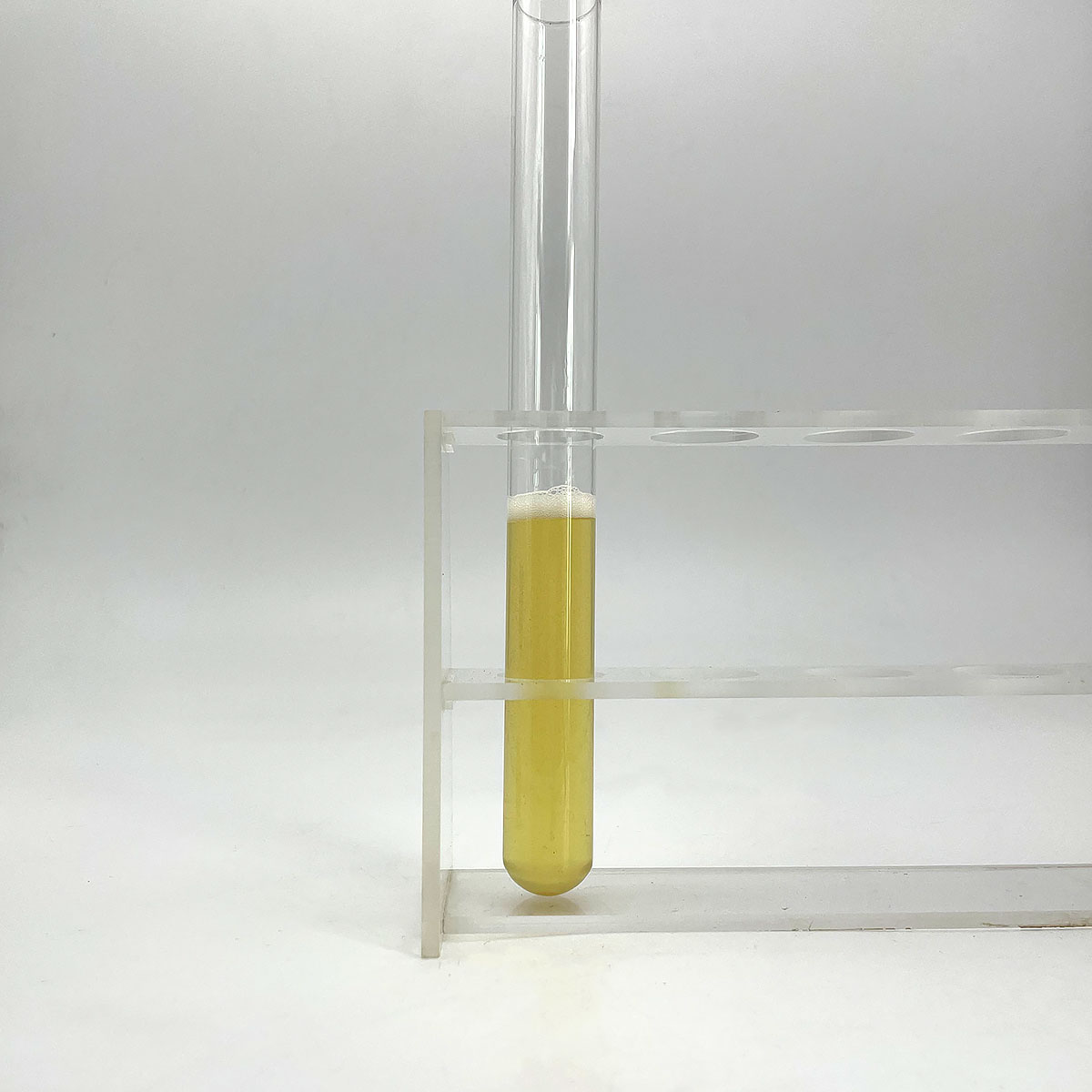
(Castor Oil Phosphate; Nonionic/Anionic Surfactants)

